Have you ever heard anyone say that mango can increase the effects produced by cannabis? Do you think a simple fruit could have such an effect on THC?
Today we’re going to talk about the link between mangoes, cannabis and terpenes. We’re also going to have a look at some strains that have an even closer connection with mango.
Mango, Cannabis and Terpenes: a Curious Connection
Among cannabis consumers there are many theories regarding mango and the effects it has on cannabis’s psychoactive effect. Do you believe it? Or is it just another cannabis myth?
In previous articles we’ve talked about the entourage effect and the power that each and every terpene has, (such as Limonene or Terpinolene) as well as combinations of terpenes (terpene profiles), to alter or increase the effect of cannabinoids such as THC.
In cannabis flowers, the proportion of each terpene in the strain combined with the amount of each cannabinoid contained in the flower is what determines the specific effect obtained.
You can have two strains with the same cannabinoid content that produce completely different effects; this happens because they differ in terpene profiles.
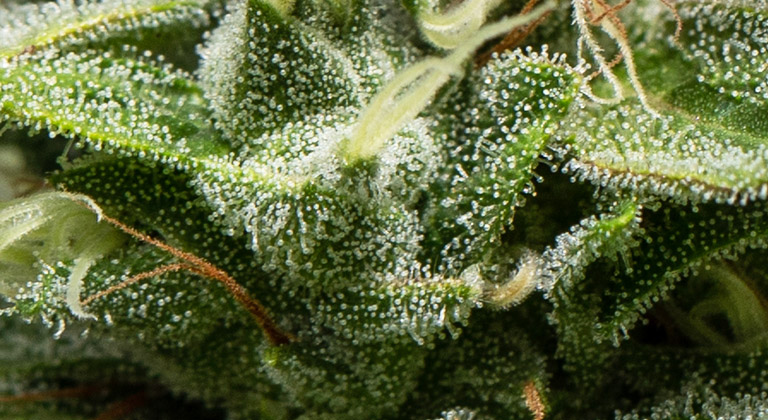
Terpenes and mango
All plants, flowers, vegetables and fruits contain different amounts, proportions and types of terpenes, although they’re not usually as complex as cannabis terpene profiles (which is to say that there usually aren’t as many different types of terpenes in other fruits and plants).
Like we were saying, terpenes don’t just have aromatic properties; they also cause physiological and psychological effects. In fact, aromatherapy is based on using essential oils for the terpenes they tend to contain.
It can be hard to determine the exact effects of each cannabis strain based on its aromatic profile, although depending on the proportion of the main terpenes in any given strain we can deduce if the effect is going to be mainly relaxing or more on the stimulating side. However, the effects of terpenes alongside other cannabinoids may be different depending on the person or the secondary terpenes, which determine the ultimate effect produced.
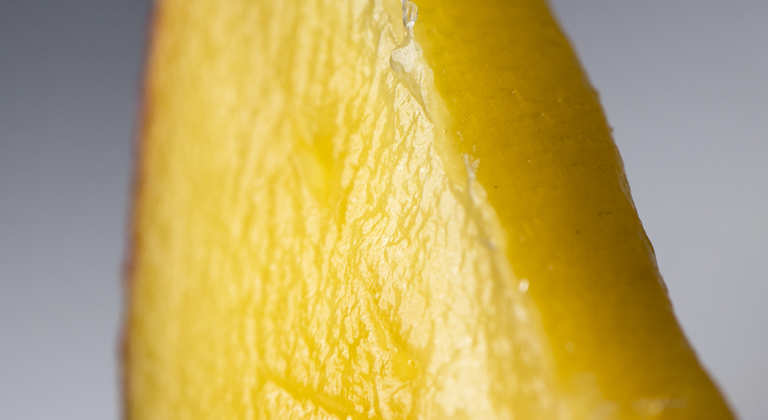
Myrcene and Mango
Mango has quite a high myrcene content. This terpene, apart from having pain relief, relaxing and anti-inflammatory qualities, interacts in a special way with the blood-brain barrier*, allowing for an improved cannabinoid absorption. There are still studies being done right now that are researching its benefits.
We’re sure that this powerful terpene, when combined with THC, increases the effects of this cannabinoid. The effects produced by cannabinoids can be modified this way via other terpene profiles, too.
This isn’t just an opinion, there are numerous studies and research papers regarding the topic:
- The researcher Ethan Russo stated in his book Handbook of Cannabis that the effects of THC alongside myrcene are more intense than without it.
- According to Neutracelticals, myrcene temporarily increases permeability in the blood-brain barrier.
- Other studies have shown that high concentrations of myrcene alongside other terpenes such as pinene or linalool can increase the sedating effect THC can produce, acting synergically.
*The blood-brain barrier is, in basic terminology, a system that protects any external substances from entering the brain.
Does Mango Increase the Effects of THC? The Entourage Effect
Yes, mango modifies/strengthens the effects of THC, but don’t worry, you’re not going to be hallucinating any time soon.
Thanks to the entourage effect that we were talking about earlier and mango’s large myrcene content, it modifies the effects of THC smoked near the time of ingesting the fruit (while the psychoactive effect lasts, which is about 2 hours), even if you eat the fruit first and then consume cannabis.
This isn’t unique to mango; many other plants and fruits are known for their high terpene content and some of their benefits are directly related to this factor. Don’t rule out the possibility of another fruit or maybe a cup of aromatic herb tea altering your high.
In fact, in our experience many regular cannabis consumers notice an instant difference in the effect when eating edibles with terpenes or vaping pure terpenes using the Terps Station, among other experiences.
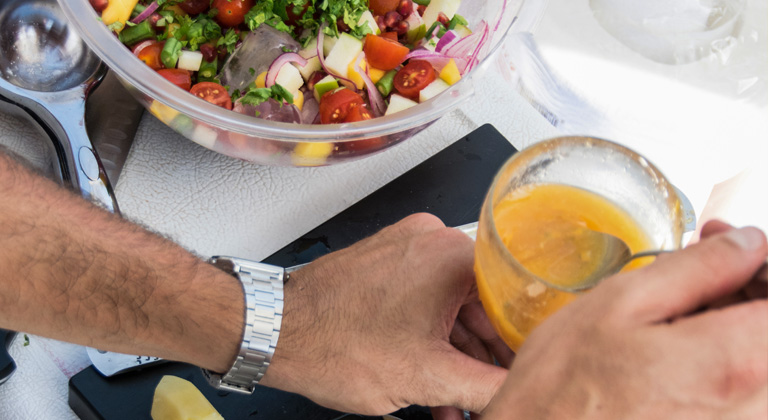
Cannabis Strains With High Myrcene Content
Many different cannabis strains contain myrcene in larger or smaller amounts, although there are some strains that contain a surprisingly high amount of this terpene.
As you can see, there’s a world of difference between these strains, including their aromas and effects. Although they all contain high amounts of myrcene, they all differ in other terpene levels which is key to determining their final effect and overall identity.
Some of them include:
- AK 47
- Cinderella 99
- TNT Kush
- Pink Plant
- Furious Candy
- Missing In Barcelona
- Truth
- Monster
- High Level
- Sugaree
You can find all of these strains in our terpene catalogue and also in packs such as the Myrcene 1 Pack, Myrcene 2 Pack or the Mega Myrcene Terpene Pack.
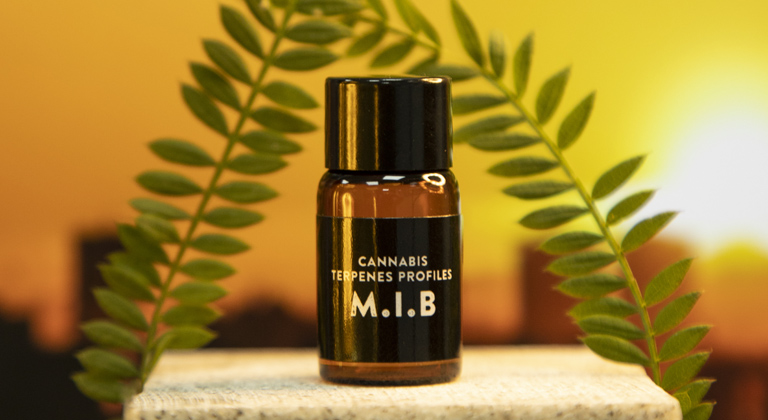
What do you think? Surprising, isn’t it? There’s still so much left to discover…
Leave a comment below!
Cali Terpenes

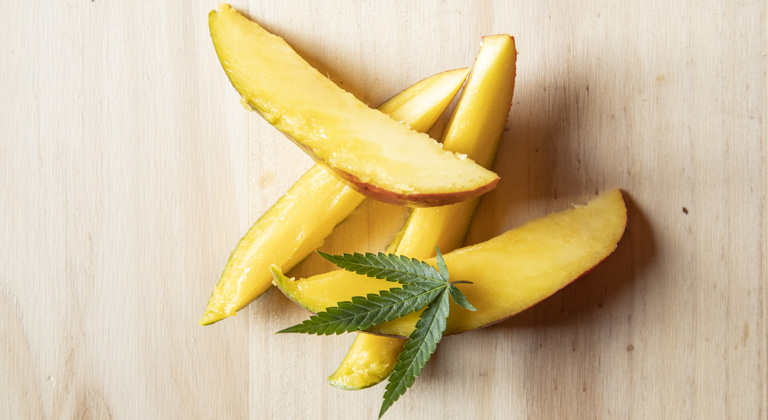
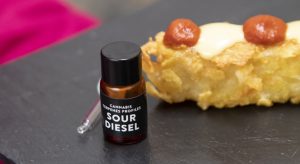



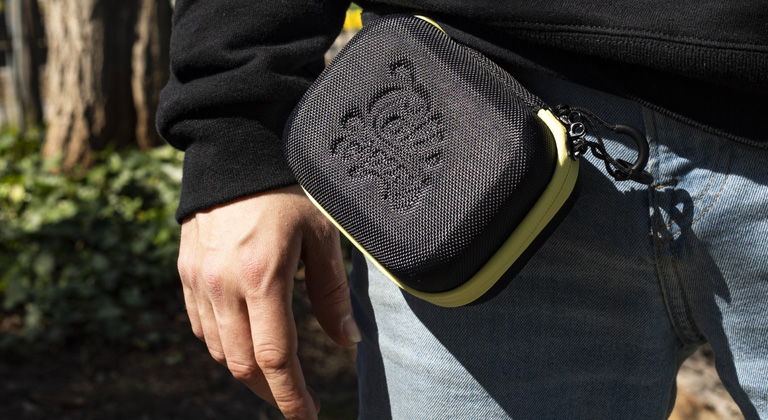
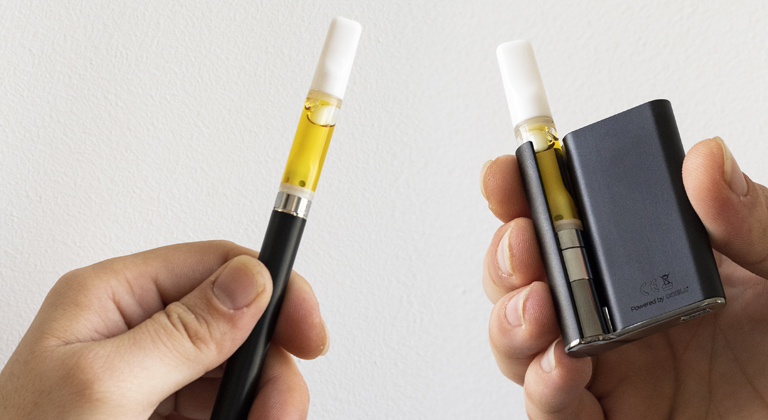


4 thoughts on “Mango, Terpenes and Cannabis – What do They Have in Common?”
Canna his derived terps or botanical?
Sorry are you asking if our terpenes are from cannabis or from botanical sources?
Hugs,
Cali Terpenes
Happy to discover this site. I am new budtender at British Columbia Cannabis Store and have discovered an exciting and steep learning curve. 62 year old retired teacher as well, just saying. Thanks
Thank you! We are glad that the information we generated has been useful to you, we will continue doing it!
Hugs,
Cali Terpenes